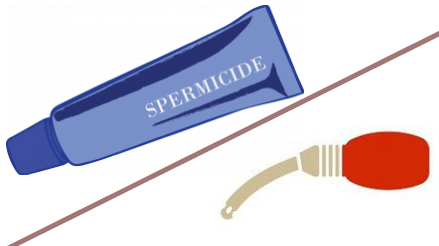You may also like…
Birth Control Pills
Most of the commonly used Combined Oral Contraceptive Pills are “low dose” and contain ethinyl oestradiol (in a dose of 15-35 microgram).
Regimens available:
Most “traditional” preparations contain 21 pills followed by a 7-day pill-free interval.
Some forms contain 24 pills with a with a shorter pill-free interval.
Advantages
- Highly effective
- Regulates menstrual cycle making periods more predictable
Disadvantages
- Unexpected bleeding (15%) settles with some time
- Nausea
- Headaches
- Breast tenderness
- Changes in mood (these may improve within a month)
- Not suitable for all
- Requires daily use
- Does not offer protection against sexually transmitted infections
Missing a pill:
Missing a pill is common and and if two or more are missed, this places a woman at risk of ovulation (her ovaries might release an egg to be fertilized)
Cancer risks amongst users of Combined Oral Contraceptives Pill:
- A 12% reduction in the risk of any cancer
- Reduced risk of colorectal cancer
- Reduced risk of ovarian cancer
- Increased risk of breast cancer during use (decreases on stopping and similar risk to never being used by 10 years after stopping)
- Increased risk of cervical cancer (but early changes detected by cervical cytology and human papillomavirus (HPV) vaccination.
Risk of Venous Thromboembolism and arterial disease:
Combined hormonal contraceptive (CHC) increases the tendency of thrombosis for both the venous and arterial circulation. However, whichever progestogen is used, the absolute risk of venous thromboembolism (VTE) is very small and much less than that associated with pregnancy.
Powered by Froala Editor







